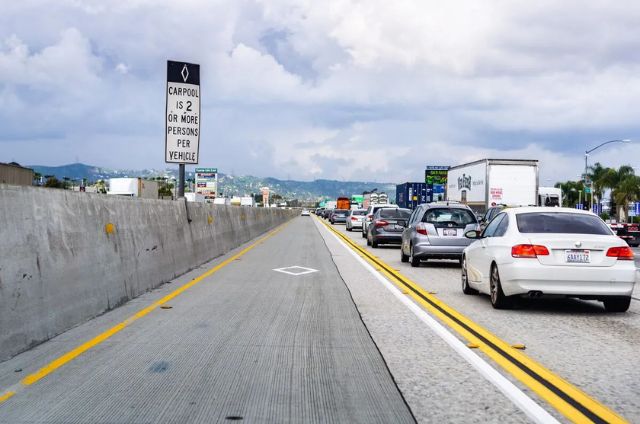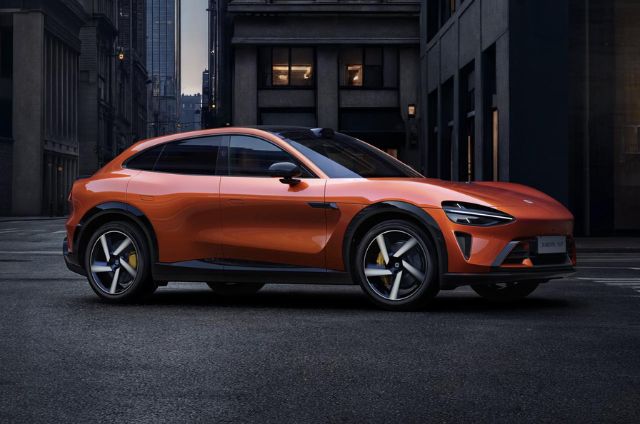EV drivers in California may soon lose one of their biggest perks—single-occupancy carpool lane access. The federal law that allows California to grant this benefit expires on September 30, 2025, and lawmakers have yet to take action to extend it. If no changes are made, EV owners will have to say goodbye to fast-lane privileges.
Why Is the EV Carpool Perk Ending?
The 1998 Transportation Equity Act gave states the authority to allow low-emission vehicles in carpool lanes—even with only one occupant. California first introduced EV carpool decals in 1999, and the program has expanded over time.
Currently, battery-electric vehicles, hydrogen-powered cars, plug-in hybrids, and CNG vehicles qualify for the special lane access stickers. In 2024 alone, California’s DMV issued nearly 195,000 decals, marking a 52% increase from 2023.
Can the Law Be Extended?
California lawmakers want to keep the program alive, but they need federal approval to do so. Greg Wallis, a state assembly member, has proposed a bill to extend carpool access until 2027, but its success is uncertain.
With a Republican-controlled Congress unlikely to support EV-friendly policies, the extension faces major hurdles. The Trump administration previously attempted to freeze EV charger funding and is expected to target the $7,500 federal EV tax credit as well.
Is It Time to End the Perk Anyway?
While losing the carpool lane perk may frustrate EV drivers, experts say it was always meant to be temporary. As more EVs hit the road, the once-empty carpool lanes are becoming congested, making them less effective.
Carpool lanes were designed to reduce traffic and emissions by encouraging shared rides. With EV adoption soaring, some argue that allowing solo EV drivers to use them defeats the purpose.
Whether lawmakers step in or not, it seems inevitable that this perk will disappear. The real question is when, not if, California will officially say goodbye to EV carpool lane access.


